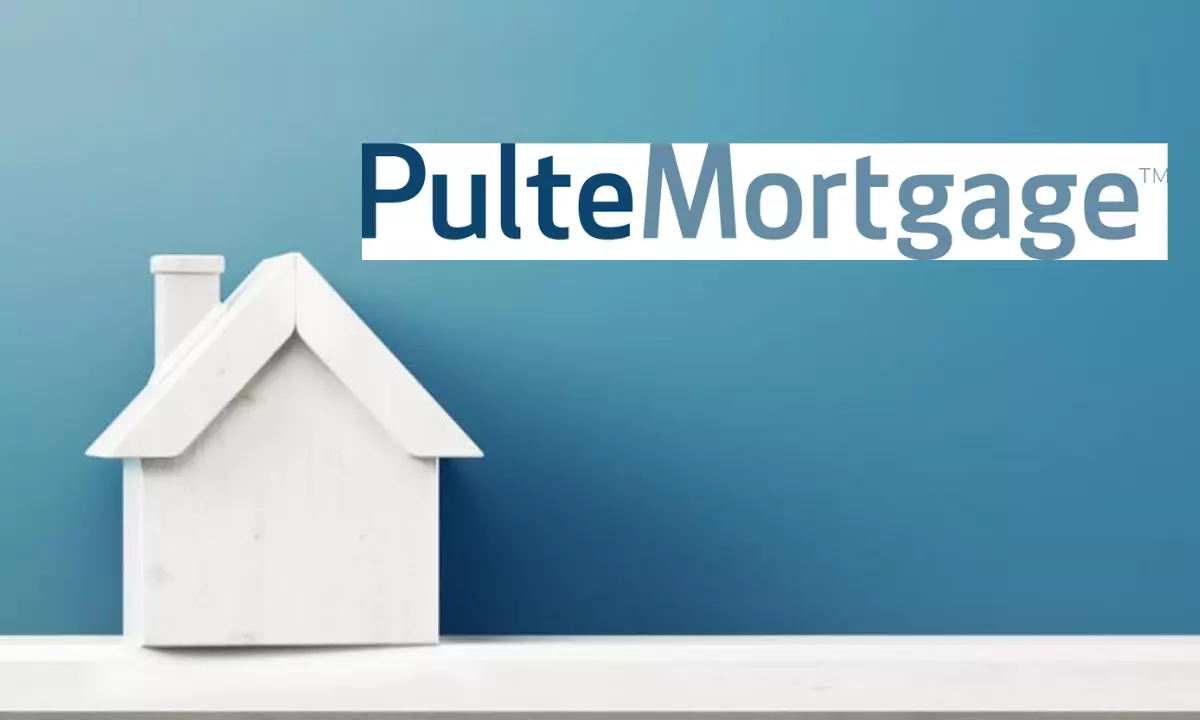
It’s easy to get carried away by the excitement of a potential home purchase – but before you start looking, you first need to focus on your home buying budget.
How much mortgage can you afford each month? What is the price point for this payment? These are the basic questions you must answer.
Knowing these numbers can help you set realistic, manageable expectations and keep your apartment search on track. Here’s how to identify them.
What can you afford?
First, you need to have a good grasp of your finances, especially the total income you bring in each month and the monthly repayments of any debt you owe (student loans, auto loans, etc.).
Generally, according to Freddie Mac, 25% to 28% of your monthly income goes towards paying the mortgage. You can enter these numbers (plus your estimated down payment) into a mortgage affordability calculator to break down the monthly payments you can afford and the home price you want.
Note that this is only a rough estimate. You should also consider income consistency. If your income is volatile or unpredictable, you may want to lower your monthly payments to ease financial stress.
Mortgage You Can Afford vs. Mortgage You Qualify For
While the steps above can give you a good idea of what you can afford, the amount you get may not match what the mortgage lender thinks you’re entitled to when you apply.
Mortgage lenders determine your loan amount and monthly payment based on several factors, including:
Credit rating: Your credit rating greatly affects your interest rate, which plays a large role in your monthly payments and long-term borrowing costs. A higher credit score usually means lower interest rates (and lower monthly payments). The lowest rates are typically reserved for borrowers of 740 points or higher, according to Fannie Mae.
Debt-to-income ratio: Mortgage lenders also look at your debt-to-income ratio (DTI), which tells you how much of your monthly income is covered by your debt. The lower your DTI, the more you can pay. According to Fannie Mae, lenders generally want your total debt, including your proposed mortgage payments, to be no more than 36% of your salary (although in some cases you may qualify for up to 50% DTI).
Your Net Worth and Savings: The amount you save in the bank and any IRA, 401(k), stocks, bonds, and other investments can also affect your loan. If you have more cash, your risk is lower and it may affect the amount of money lenders are willing to lend you.
Loan tenure: Long-term loans have lower monthly payments because they spread the balance over a longer period of time. For example, at today’s average interest rate of 5.23%, a 30-year $300,000 mortgage with a 10% down payment would cost about $1,487 per month for a 30-year loan. Meanwhile, the same $300,000 would cost $2,048 over 15 years — an increase of nearly $600 per month (based on a 15-year average rate of 4.38%).
Type of loan: The type of loan you get is also important. For example, FHA loans have a maximum loan limit that you cannot exceed. The state loan limit for FHA this year is $420,680, according to the U.S. Department of Housing and Urban Development. Traditional loans are higher (up to $647,200 in most markets), while jumbo mortgages offer even greater limits.
Type of interest: Whether you choose a fixed or variable rate loan, it also plays an important role. Adjustable rate loans typically start with a lower interest rate on the loan but increase over time. A fixed-rate loan starts with a higher interest rate but stays the same for the life of the loan.
When you apply for a mortgage, your lender provides you with a loan estimate, which includes your loan amount, interest rate, monthly payments, and total loan cost. Loan quotes can vary widely from one lender to the next, so you should seek quotes from several different companies to ensure you get the best deal.
What other fees might a mortgage add?
While principal and interest make up the bulk of your monthly mortgage payment, other fees can add to your total payment.
- Private Mortgage Insurance (PMI): If your down payment is less than 20% of the purchase price, your traditional mortgage lender may require you to purchase private mortgage insurance—a type of mortgage insurance that helps protect the loan if the homeowner stops making payments Agency’s insurance policy and their monthly household payments. While you can usually remove it once you hit 20% equity, your mortgage payments will still skyrocket initially.
- Property Taxes: It’s common to bundle property taxes with monthly mortgage payments. These payments usually go into escrow and are automatically released when the invoice is due. Even if your property taxes are not aggregated, these are still new costs that need to be billed on a monthly basis.
How to qualify for a larger mortgage
If you don’t qualify for the mortgage you need to buy your dream home, there are ways to improve your eligibility.
First, work on improving your credit score. If you qualify for the lower price, you can buy in the higher price range.
Example: Let’s say the highest mortgage payment you can afford is $1,500. At a 5% interest rate, your home buying budget is about $280,000. If you qualify for the 3% interest rate, you’ll get a loan of $356,000—nearly $70,000 more.
You can also increase your income by working part-time or overtime. When you reduce your debt, you are also better able to get a larger loan. The more income you can unleash each month, the more willing lenders will be to lend you.
আরও জানুন:
-
-
-
-
Delta Skymiles® রিজার্ভ আমেরিকান এক্সপ্রেস কার্ড পর্যালোচনা – আরও দেখুন।
-
-
এটি আবিষ্কার করুন® পুরষ্কার কার্ড পুরস্কার দেখুন এটি কিভাবে কাজ করে


